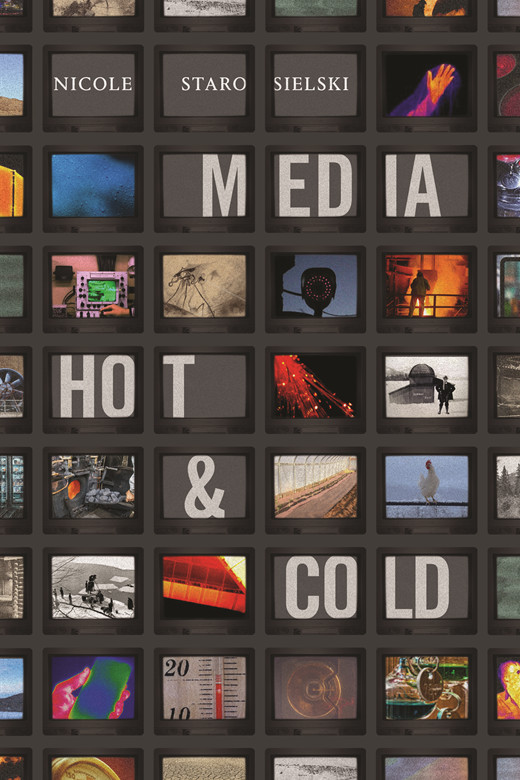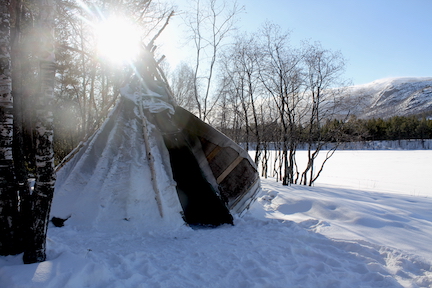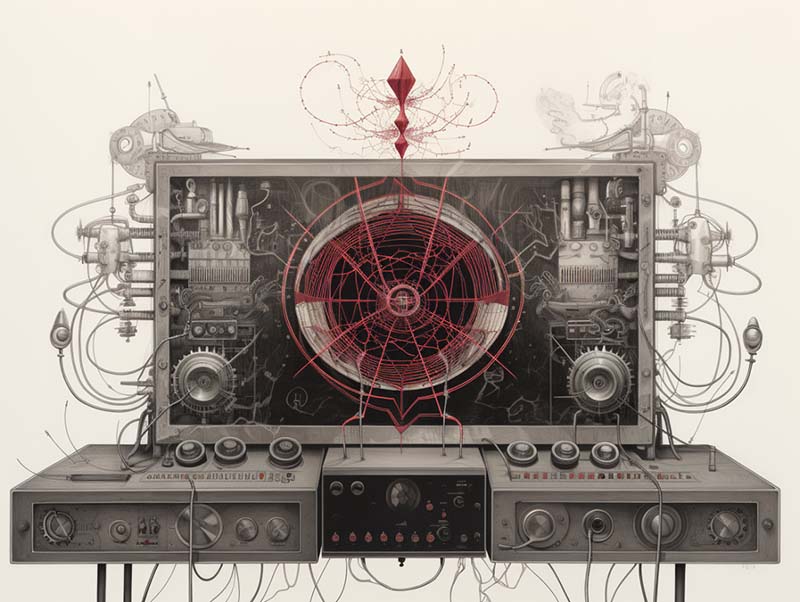
Antti Lindfors Interviews Nicole Starosielski on Media Hot and Cold
This is a conversational interview between Professor Nicole Starosielski (UC Berkeley) and me, Dr. Antti Lindfors (University of Helsinki), discussing Nicole’s book Media Hot and Cold (2022, Duke University Press). In my postdoctoral research on the emerging cultures of cold exposure as a therapeutic technique, I developed an interest in the evolving multidisciplinary field of environmental and elemental media. Nicole’s work in this area takes exciting and novel directions, introducing perspectives on how thermal communications and infrastructures reinforce power relations, shore up racialized and gendered hierarchies, and subtly persuade, control, and even subjugate us. In our discussion, we explore these subjects, from thermal metaphors to thermal violence and attractions, such as ‘coldsploitation cinema.’ The interview was conducted over email and lightly edited for editorial consistency and clarity. (read more...)






